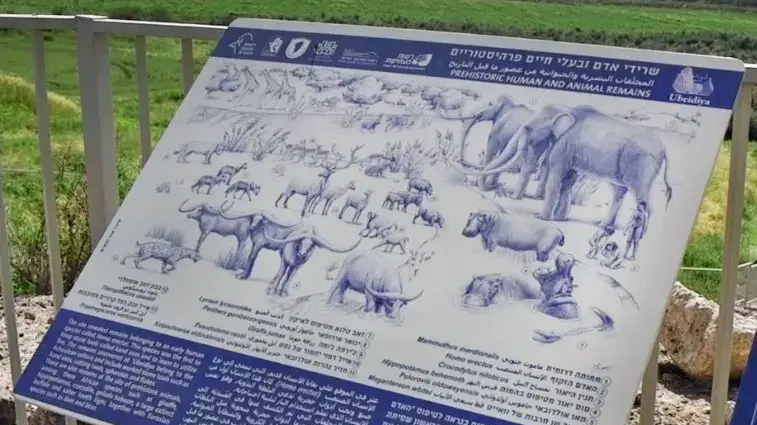Scientists want to revive the mammoth.
They claim: the animal could help in the fight against climate change.
Cambridge - Mammoths with a massive physique and long tusks are supposed to stomp through Siberia again - if it goes according to the ideas of US researchers.
The animals have been extinct for thousands of years.
But now scientists want to resurrect a kind of woolly mammoth - with the help of genetic engineering.
The first calf should be born in six years.
The start-up capital has been collected - but there is great skepticism among experts.
Scientists have been trying to revive mammoths for years
The project of the genetic researcher George Church from Harvard University in Cambridge is taking shape according to his own account.
A start-up called Colossal is currently taking care of the controversial plans.
"Extinction is a colossal problem that the world is facing," says the website.
"We have the DNA, the technology and the leading experts in the field."
Church has been promoting the idea of reviving the extinct species for years.
So far he has lacked the money.
According to Church, the first calf could be born in 2027, reports the US broadcaster CNBC.
Strictly speaking, the researchers do not want to create a woolly mammoth.
"The aim is to create a cold-resistant elephant that will look and behave like a mammoth".
A surrogate mother is supposed to deliver the hybrid mammoth.
+
Researchers from the USA want to revive the mammoth (symbol picture).
© Holger Neuhäuser / dpa
Church's team wants to combine the cells of the threatened Asian elephant with the time genes found in the mammoth for the resuscitation.
To do this, the experts want to use new technologies such as the Crispr-Cas9 gene scissors, which can be used to specifically cut DNA.
"With it, several mammoth genes are to be inserted into the DNA of Asian elephants, for example for thick fur and additional layers of fat," says paleontologist Victoria Herridge to Spiegel.
This is an "extremely complicated" procedure.
According to Church's earlier information, the genetic material from a mammoth is insufficient to clone the animal.
Why should mammoths roam the Arctic again?
Anyway, the question arises: Why should the extinct animals roam the Arctic again? According to Church, the mammoths could help make the permafrost melt less quickly. This can prevent the release of climate-damaging greenhouse gases in the frozen soils. Because: the mammoths would pound the snow and make it difficult to thaw the soil, the expert claims. But there are doubts about the theory.
"Mammoths are not needed to fight climate change directly," says Nikita Simow.
The Russian scientist heads a huge nature reserve in northeast Siberia, where the revived mammoths could be resettled.
“There is little chance that everything will be perfect right away,” warns Simow of exaggerated expectations.
Rather, large herbivorous mammals contribute to making arctic landscapes more diverse and more resilient as pastureland.
This could influence climate change.
For Guido Grosse from the Alfred Wegener Institute in Potsdam, this approach is understandable.
He refers to experiences in Simow's Pleistocene Park.
"There is good evidence for this on a small scale, we are involved in such studies ourselves."
Fight against climate change?
Expert doubts theory
However, the permafrost expert doubts that this will stop the thawing of the frozen soil.
"We are talking about millions of square kilometers of permafrost region that would have to be populated by an extremely high density of animals".
It would take too long to have enough mammoths.
"Global warming would then have progressed too far in the Arctic".
Other scientists have expressed similar skepticism.
Gareth Phoenix from the University of Sheffield, England, believes it is a disadvantage that only grass and no trees would grow in the areas populated by mammoths.
"We know that trees and moss in the forested Arctic regions can be crucial for protecting permafrost," the professor tells the Guardian.
“It is and will remain absolutely essential: The fossil emissions from coal, oil and natural gas must be stopped - and as quickly as possible,” says Grosse.
That is the most important measure in the fight against climate change.
Therefore, after the federal election in 2021 *, motorists are threatened with a fuel price explosion.
(Jan Wendt)
* hna.de is an offer from IPPEN.MEDIA.
List of rubric lists: © Holger Neuhäuser / dpa















